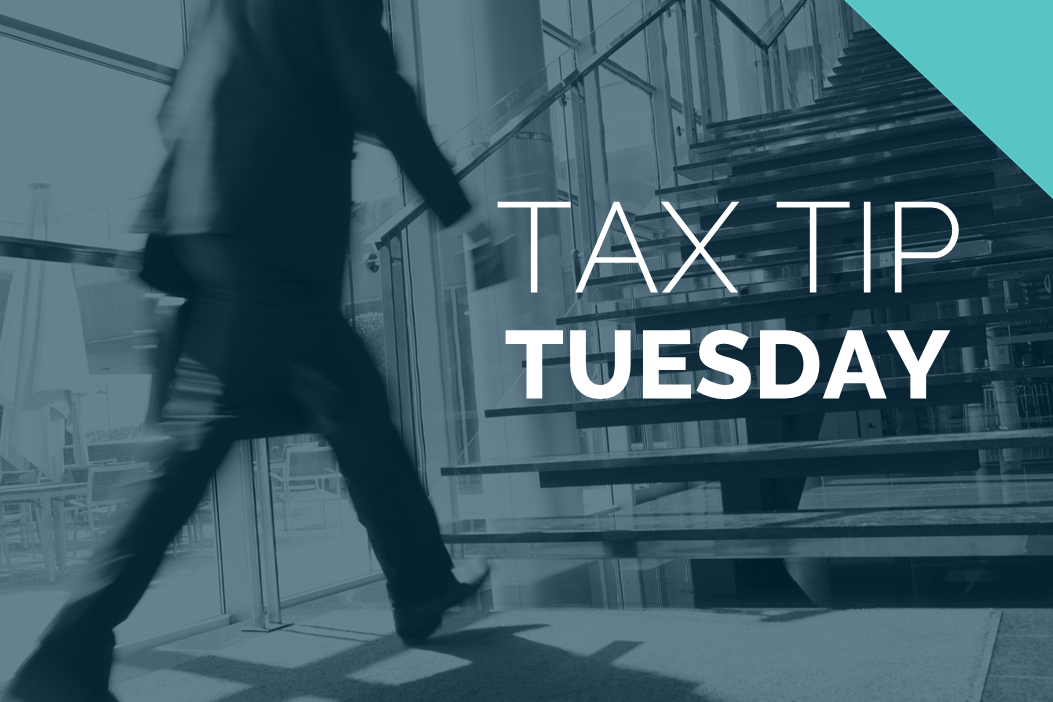Effective May 21, 2023, P&N has joined EisnerAmper. Read the full announcement here.

Last updated on 4/17/2020
Due to the COVID-19 global pandemic, several pieces of legislation have been enacted recently aimed to help individuals and businesses cope with the changes occurring during this time. Specifically, Congress created several employment tax credits that will both help businesses retain employees and generate much-needed cash flow during this time. As a result of these new credits, the Internal Revenue Service (IRS) has promulgated a new form, Form 7200, to aid employers in effectively claiming these credits. Below are commonly asked questions with respect to this new form. As more information becomes available, this FAQ will be updated.
Question 1: What is Form 7200?
Form 7200 is the form promulgated by the IRS to aid taxpayers in claiming advance credits related to the COVID-19 global pandemic, including credits related to qualified sick and family wages, along with the employee retention credit.
Question 2: When do I (or can I) file Form 7200 to claim an advance credit?
Form 7200 can be filed at any time before the end of the month following the quarter in which you paid the qualified sick or family leave wages, or paid qualified wages eligible for the employee retention credit. For qualified wages paid in the 2nd quarter of 2020, Form 7200 must be filed no later than 7/31/2020.
Question 3: Can I file Form 7200 multiple times during a payroll period?
Yes, Form 7200 can be filed several times during each quarter. Each filing is cumulative so you must take into account previous amounts reported on Form 7200 for each quarter.
Question 4: Can I claim all relevant credits at the end of a payroll period?
Yes, you may file a single Form 7200 before the end of the month following the quarter in which you paid the qualified wages. However, no employer is required to file Form 7200.
Question 5: Can I just deposit less if I believe I am entitled to the various credits as reported on Form 7200?
Yes, in anticipation of claiming the relevant credits, employers can instead retain the federal employment taxes that they otherwise would have deposited, including federal income tax withheld from employees, the employees’ share of social security and Medicare taxes, and the employer’s share of social security and Medicare taxes with respect to all employees. Importantly, though these taxes can be utilized against the credit, it is not clear what tracking will be required. As a result, it may be advisable to only apply the credit against employer-side employment taxes. In addition, the various statutes authorizing the payroll tax credits did not provide for an ability to take the credit against taxes other than the employer-side social security tax. Therefore, employers may wish to proceed with caution when utilizing the credits against other employment taxes, despite the Form 7200 instructions. Form 941 will be revised for the 2nd quarter and will provide instructions about how to reflect the reduced liabilities for the quarter.
Question 6: How long will it take to receive advance credits applied for under this application?
The IRS has indicated that it expects to begin processing refund requests under Form 7200 beginning in April 2020. The length of time between processing the form and issuing payments is not yet known. The completed form is to be faxed to 855-248-0552, which should increase turnaround time for processing forms and issuing payments.
Question 7: Can I claim multiple types of credits on the same form? At the same time? Even if I can, should I do so?
The form 7200 has been set up to capture the employee retention credit, qualified sick leave wages eligible for credit, and qualified family leave wages eligible for credit, all on the same form, with a separate line for reporting each type of credit. Thus, the Form 7200 provides an easy way to claim all relevant credits on the same form.
Question 8: How does this interact with payroll deferral? For example, if I am deferring payroll taxes, how do I claim credits or get them paid in advance? What is the process for this?
One of the relief measures contained in the CARES Act was the ability for businesses to defer 2020 employer-side social security payments until 2021 and 2022. Recent IRS guidance made clear that the deferral is available along with all relevant credits. Thus, employers can defer their employer-side social security payments AND claim relevant credits in the same period.



